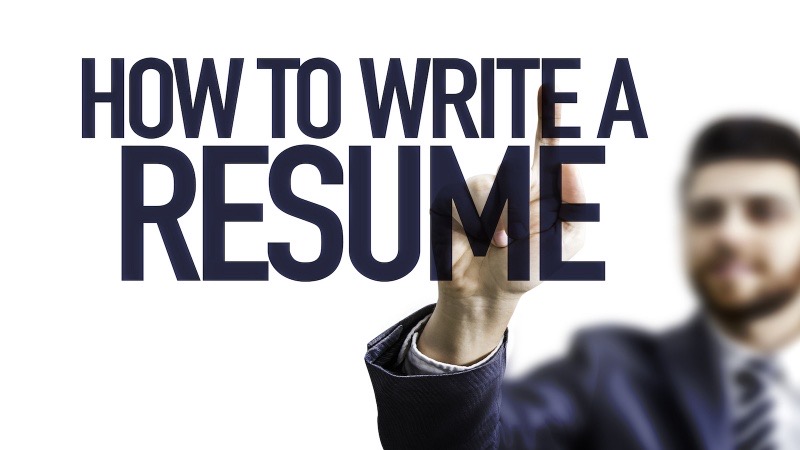 And no, the resume is not to get you a job. Yes, really.
And no, the resume is not to get you a job. Yes, really.
The resume is your two-page marketing pitch document.
The purpose: To get you an interview.
It’s the job interview that is meant to provide you with a job opportunity and offer.
The CV is a long-many-page document that I call the Career Balance Sheet.
It’s a document you keep for yourself, and from which you copy the relevant information and paste on onto a two-page resume.
That way, the resume becomes a summary of your CV.
Like anything else in our daily lives, fashion keeps changing.
Look back 10 or 20 years and notice how cars, buildings, clothing, hairstyle, and so on, looked like. Even the once-popular font Times New Roman is out.
Compare your resume and LinkedIn profile to best practices by joining my monthly free webinars:
Or get hold of my eBook titled Your Career, Personal Brading for Executives. It’s available on our Shop page: www.tomsorensen.in.th/shop/your-career/
25 things to never put on your resume
 The Business Insider published a great article on what the modern resume looks like; and more importantly, what you definitely do not include.
The Business Insider published a great article on what the modern resume looks like; and more importantly, what you definitely do not include.
I used this as inspiration to share this list and have added my own comments as well.
- Don’t put an “objective” on your resume.
- Leave irrelevant work experience out. Could be jobs you held for less than 12 months. Could also be jobs you had 20-30 years ago.
- Don’t put your hobbies on your resume.
- Don’t lie. But you don’t have to tell us everything. Leave something for the job interview.
- Putting your age on your resume could be a hindrance. Age discrimination is out there and will get you.
- Don’t disclose upcoming vacations on a resume.
- Remove inconsistent formatting.
- Don’t use ‘I’ or “me”.
- Refrain from using the present tense to talk about a past job.
- Don’t use a less-than-professional email address. An email like prettyboy@gmail will not help you.
- You don’t need to put “Phone” before showing your mobile/cell number. Or “Email” before your email address.
- Your resume is not the place for headers, footers, tables, images, or charts. Most Applicant Tracking System will fail to parse your data correctly.
- Don’t include your boss’ name on your resume.
- Leave out company-specific jargon and other buzzwords. Example, if you are in MRO then say that but add this in a bracket: (maintenance, repair, and operation).
- Social media handles that are not related to the targeted position should be kept off your resume.
- You don’t need to show more than 10-15 years of detailed experience. Anything older can be in one line. Example: Previous employments included management and commercial positions in multi-national companies in Asia and Europe.
- The resume is not the place to disclose salary information.
- Don’t use an old-fashioned font. Times New Roman is no longer Microsoft’s default font since 2007 (it’s now Calibri).
- Don’t reveal your reasons for leaving your company.
- You don’t need to include an explanation of why you want the job.
- Keep photos of yourself off your resume. Photos are only for models and bartenders.
- The resume is the place for facts, not opinions.
- Don’t include short-term employment.
- Remove any unnecessarily fancy job titles. If you have a internal title, say National Field Manager, then you need to change it to Sales Manager so even the junior HR understands.
- Delete your laundry list of daily tasks. Show us what you have done, what you are proud of. Even better, add numbers and periods to show how well you have done. We call it achievements and accomplishments.
- Common language and formatting mistakes to remove from your resume right now– by Business Insider

